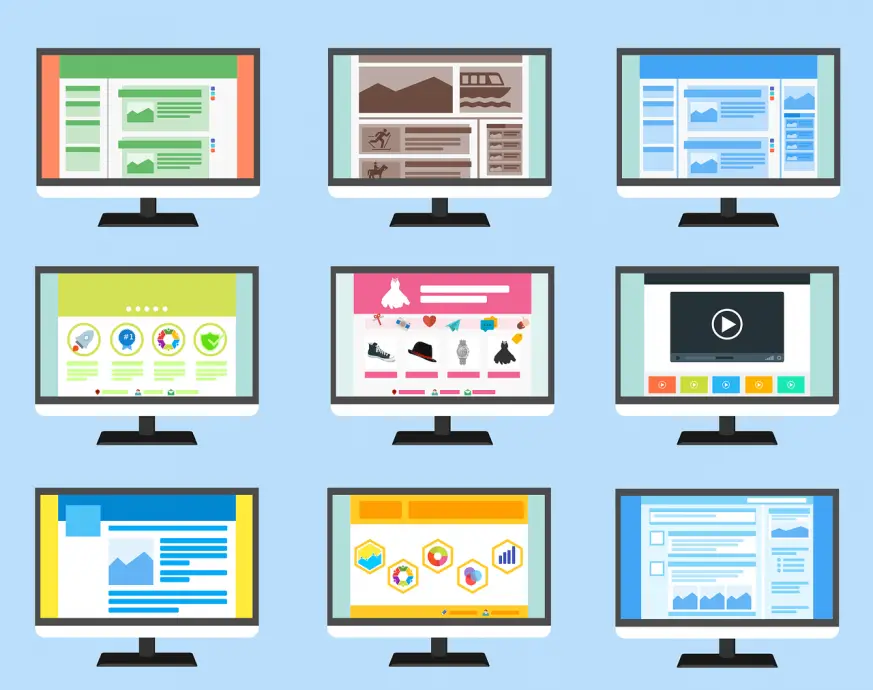Introduction
The role of artificial intelligence in publishing to make it profitable includes automating story, production, content recommendation. AI has the potential to transform the publishing industry that has been struggling in the shifting landscape.
Table of contents
What is AI?
Artificial intelligence, or AI, refers to the ability of tools or technology to perform tasks that would normally require human intelligence to complete.
Machine learning is a subset of AI in the computer science space – where the platform or model learns from an existing data set so that it can understand the underlying trends and patterns. This knowledge is then used by the machine learning models to make predictions or determine outcomes from the new data it encounters.
In other words, the computer model uses statistical techniques to learn how to get better at a task, whether that be categorizing data or predicting if a client is a good fit for a certain product. For the model to learn to do this without specific programming, it must analyze existing data that is already pre-labeled.
Deep learning is another subset of artificial intelligence that involves the creation of a neural network, which has layers and layers of data processing. This type of AI can make deep connections and gain valuable insights from a dataset since it processes information almost like the human brain does.
Also Read: How artificial intelligence is changing our society | DW Documentary
Goals of Artificial Intelligence in Publishing
The goals of artificial intelligence in publishing include automating story production and evaluating content automatically.
The Associated Press started using AI back in 2015 for story automation. They understood that machine learning could create content such as public company earnings report recaps since they need details and accuracy but do not require much creativity.
They took this further in 2016 when they developed an AI platform that could report on Minor League Baseball games – the machine learning model could incorporate statistics and highlights that, again, are strictly fact-based.
This is just the beginning for automatic story production, and as artificial intelligence platforms become more accessible there will be more publishers utilize it to create automated content.
Another goal of artificial intelligence in publishing is evaluating content. A machine learning model can help an editor when making decisions regarding moderation and editing.
AI can be used to automate complex tasks, such as comparing the characteristics of a manuscript to those of a bestseller to see where improvements can be made. This can help editors focus on the most marketable content and save time and effort narrowing them down.
Automated text analysis can optimize plagiarism detection as well as copyright enforcement! Artificial intelligence can eliminate some of the tedious work involved with researching copyrights and ensuring that the content being published is 100% authentic.
Comment moderation can be significantly improved as a result of artificial intelligence. Machine learning models can save publishers valuable time and resources by automatically detective inappropriate or abusive labels and comments – and removing them.
Reducing the workload of human moderators can allow publishers to open more content for commenting and facilitate a wider scope of articles. The New York Times has already implemented automation within the moderation space, and this has allowed them to open up more content for commenting – where previously they capped it at 10% of their articles.
Also Read: Love, AI and Robots – Love stories from the future.
Artificial Intelligence and Advertising
Artificial intelligence can also help publishing firms when it comes to advertising. It can improve everything from engagement to the structuring and design of content.
AI platforms allow publishers to personalize content for marketing campaigns since statistics have shown that personal advertisements have a higher level of engagement – and therefore, a better return on investment.
Machine learning models will analyze content and engagement to curate newsletters and articles that fit right in with your audience segment. Research performed by McKinsey found that this level of personalization is essential and can increase the efficiency of marketing budgets by up to 30%!
This type of personalization can also be used for the automation of recommendations. You can gain insights into what your readers like based on their browsing history, and then the machine learning model can identify trends and patterns.
With this information, you can give your readers personalized recommendations on other content they may enjoy. This will help your firm boost engagement as well as make your advertisements much more personalized.
Also Read: How do you teach machines to recommend?
Conclusion
These are just a few aspects in which artificial intelligence can impact publishing by reorganizing the workforce towards better things with the help of automation and improve revenue by personalizing content and experiences for a diverse set of users. Publishing companies can benefit a lot by using artificial intelligence in tough economic climates and weather the storm and keep the lights on.
References
Penn, Joanna. Artificial Intelligence, Blockchain, and Virtual Worlds: The Impact of Converging Technologies On Authors and the Publishing Industry. The Creative Penn, 2020.
Wayne, Gunter, Darrell. Transforming Scholarly Publishing With Blockchain Technologies and AI. IGI Global, 2021.
